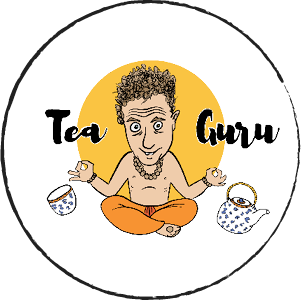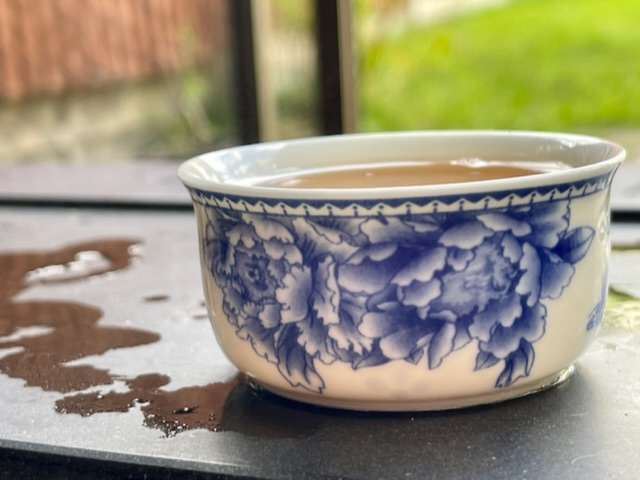
Here I will share the foundations of how to assess your tea. In most cases a GREAT tea will be either extremely balanced or (even better), being extremely balanced AND exhibiting something extremely well. Generally speaking, cheaper teas will be lacking in balance. I look at 4 core attributes when assessing a tea.
Flavour
Structure
Bitterness / astringency
Feeling / chi
Flavour:
Of course the assessment of flavour is subjective, you may prefer a stone fruit sweetness over a more savoury offering but I believe that to have the ability to taste a tea and respect it for what it is makes for a more worldly pallet. Taste will of course depend on region as we’ve already covered. If you find a profile that speaks to you then it’s best to do a deep dive on that region to distinguish the sub regional differences. Sample, sample, sample. What makes a Yiwu like a Yiwu, what makes a Bu Lang like a Bu Lang. Is it herbal, sweet, savoury, nutty? Ok it’s sweet. What kind of sweetness? Honeyed, sugar cane? Floral nectar? Is it complex or more focused / single note. Generally when looking at single estate puerh the profile will be quite focused when blends will be more complex. It’s easy to throw away complexity as a bad trait because more higher end single estate material won’t be that complex but there are some great boutique blends out there mixing up old tree material from several farms to create interesting cakes. Older Dayi blends also have a strong following in the community. That being said, in China a more homogenous, focused flavour is preferable with all tea but here in the west a more thrifty complex tea can be just as satisfying.
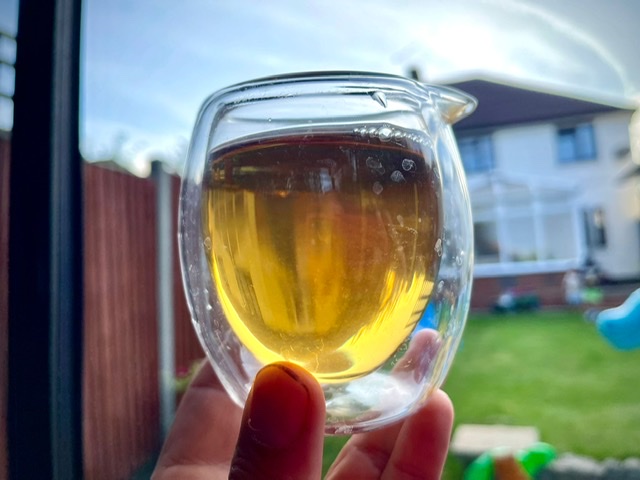
Now, there is beauty in elegance as well as bold flavour, as long as the other attributes of the tea support it. Don’t confuse elegance for tepid flavour! You may come across an elegant puer that has very minimal frontal flavour but after a few infusions you will notice a stunning aftertaste! Aftertaste or ‘Hui Gan’ is especially important (but not always present) in Puerh and some oolongs. Try to hold the liquor in your mouth for an extended amount of time and breath through your mouth. This will help to emphasise hui gan. Also we must mention ’returning sweetness’. Again this is a more Pu centric attribute. Some good puer tea will offer a returning sweetness along side the hui gan. This happens a few seconds after the initial frontal flavours has subsided. For me I might notice sweetness building in the cheeks or if the tea is really ‘on point’ an enveloping wave of sweetness over the whole pallet. Some also talk of aroma travelling from the stomach during a session, Interesting huh?
Structure:
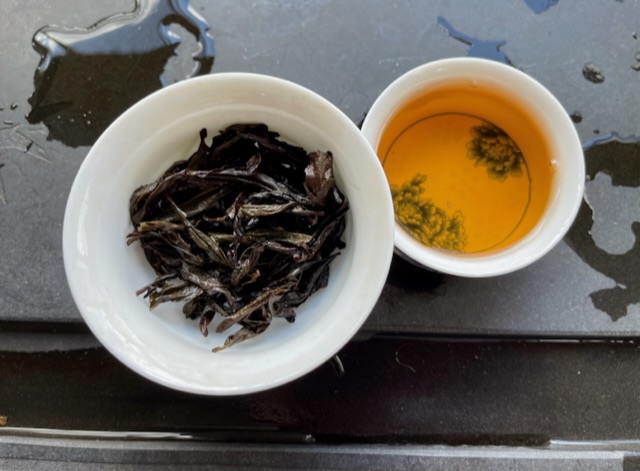
What is structure? Generally speaking it’s the way the liquor feels in the mouth and throat.
Some teas are thin and light on structure, others thick and smooth. Please don’t confuse a heavy tea for a smooth tea. A lesser tea can be heavy with impurities where the better tea will be more pure tasting, maybe thick and smooth. What kind of structure can you notice? Thin, thick? Ok it’s thick, in what way? Heavy, smooth? It’s not that heavy but it’s quite smooth, ok. In what way smooth? Bouncing around in the mouth smooth or velvet gliding down the throat?
The way the liquor travels down the throat is important. The more effortless it is, the better. I used to come across so many ‘less than’ mediocre teas that did everything right apart from the structure. They go for a good price but once you sink into many many sessions of good tea you soon discover just how important structure is, why it’s so satisfying and why teas with a great structure command that high price tag. I’m inserting ‘purity’ here but it could as well be placed in flavour. Purity hard to put down in words but is the general feeling of an unsullied nature. It’s something that you don’t really taste but get the feeling of. Tea gardens that are managed very well or tea plucked from the wild have this nature to them.
Bitterness / astringency:
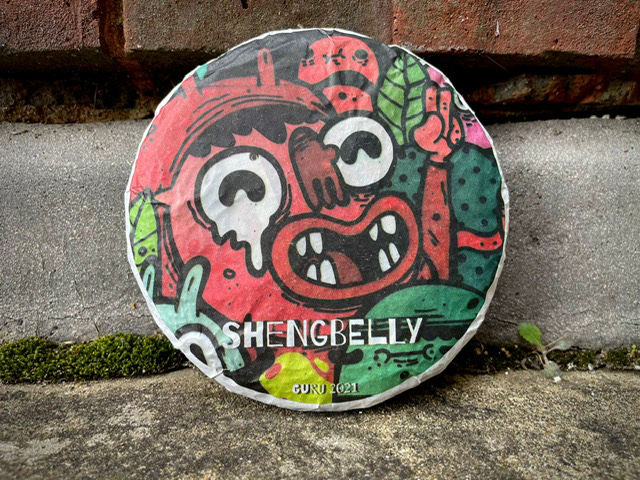
With a few exemptions your looking for a balanced tea with minimal astringency / bitterness but it really depends on the tea in question. A good Yunnan black will be quite robust and a higher astringency will be sought after for that kick. Some astringency I feel is needed otherwise the tea drinker may be left unsatisfied. Zero astringency can make for a boring cuppa. Not all astringency is bad though. I’ve come across a few Puerh teas that carry a ‘bubbly astringency’ that changes the structure almost to a light fizzy tonic water in the mouth. The same goes for bitterness again but there are some Dan Cong oolongs where the bitterness is so hard it transmutes to a grapefruit taste and Puerh that really excel with pushy, sometimes extra ordinary amounts of bitterness that…just works! Lao Man E lovers will go to that tea, just because it is soooo bitter, it’s brutal but elegant!
Chi:
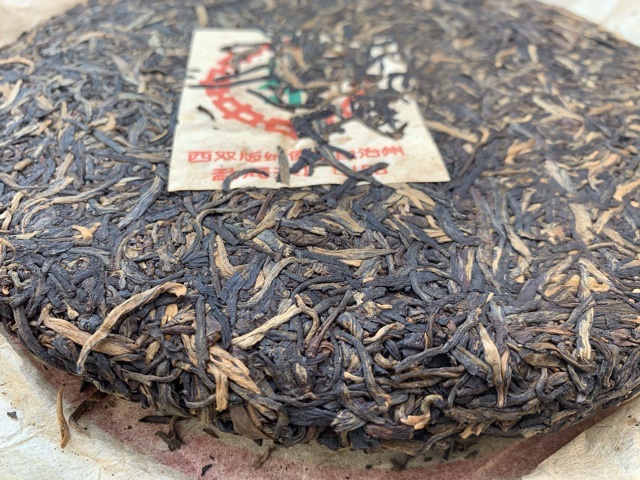
Chi is an energy or feeling that can be experienced when drinking tea from very old trees. Usually only referenced with Puerh tea but it can also be found in Oolong, Black and White tea. I must mention that the processing of White and Black tea does hide chi a little for the short term but given enough time it will return. Also the ageing process of storing tea helps to build chi within. I’ve experienced chi within fairly low grade blends that were over 10 years old. Chi can manifest in psychoactive sensations like drowsiness, being super chilled, energetic etc, also in tingles running up your back and head. Chi will vary from region to region. I find Yiwu chi to be very meditative, super relaxing, sometimes drowsy or forcefully stoney. Menghai I find to be quite energetic. There is a preference in the market for ‘what a good chi is’. Of course this is generally reflected in the price of the tea!
How to assess, concentrate on your physical body as well as the mind. What do you notice?
Thanks for stopping by!
Oli.
